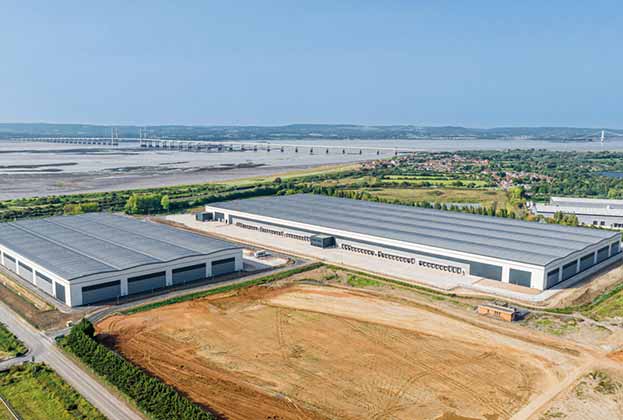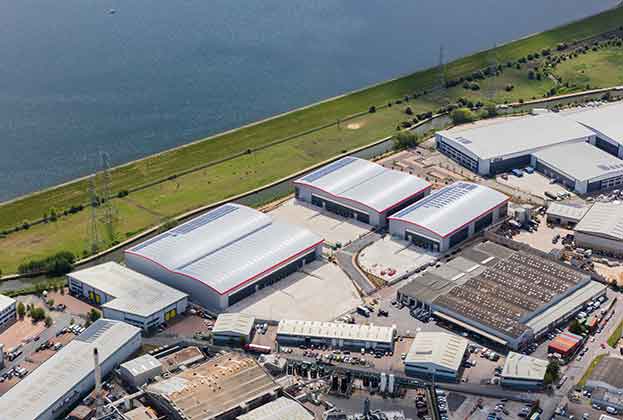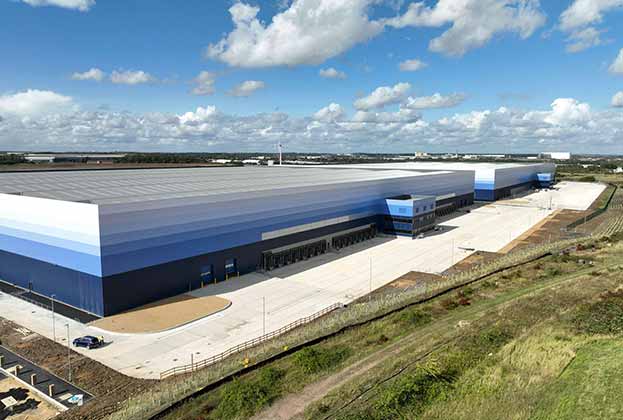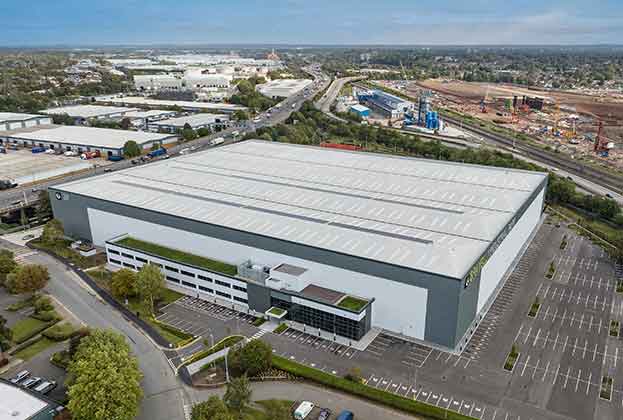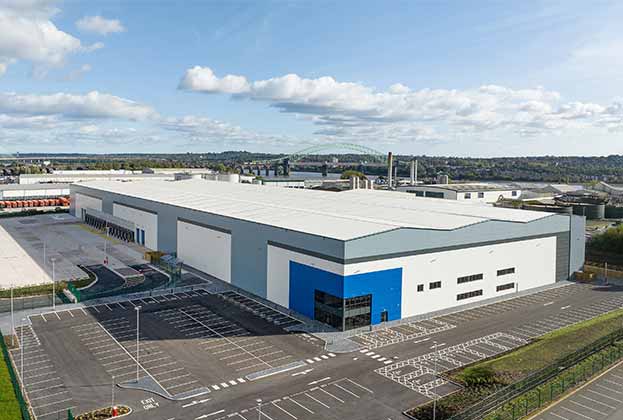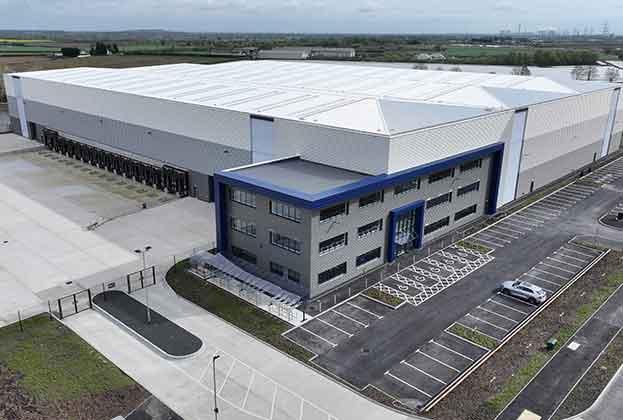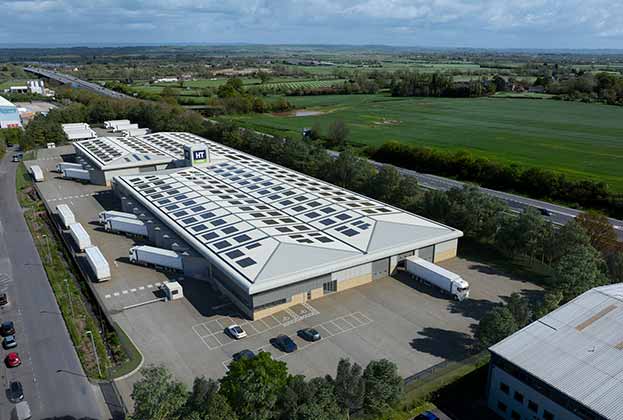Changing consumer spending habits and the significant increase in online spending during the pandemic resulted in rapid expansion of the e-commerce sector. Consumer expectations evolved, requiring logistics providers to keep pace with demand for efficient delivery, including same-day services and real-time package tracking.
But changes in consumer priorities are not limited to the speed of delivery. Sustainability is increasingly important, in particular among younger demographics who make up a considerable share of online shoppers. With the transportation of goods accounting for a significant proportion of greenhouse gas (GHG) emissions across Europe, retailers and logistics providers are adapting to this shift with a move to net zero emissions becoming a top priority.
A cross-border e-commerce survey of over 33,000 participants in 40 countries worldwide revealed that 44 per cent of e-commerce consumers globally say they have changed their online shopping behaviours due to sustainability concerns. So how can logistics providers deliver best-in-class and efficient delivery services while placing customer and environmental considerations at the forefront?
Logistics providers are looking to implement greener last-mile solutions. We are seeing an increase in green fleets such as cargo bikes, electric vehicles, autonomous vehicles and robots, coupled with investment into route optimisation and low carbon technologies to achieve efficient last-mile delivery with minimal or zero carbon footprint.
The Netherlands has been leading the charge with electric delivery bikes and multimodal delivery models, driven by changing environmental regulations. Several Dutch cities are looking to ban fossil fuel delivery vehicles from urban areas, and Utrecht and Amsterdam have already declared a ban on combustion engines for inner city delivery vans from 2025 to improve air quality and reduce GHG emissions.
Logistics providers will need to change their fleets to be fully electric or use alternative delivery methods. DHL has already introduced electric delivery bikes for inner cities, and adopted a multimodal delivery model, where these bikes are supplemented by electric delivery trucks and vans charged at dedicated solar powered facilities located just out of the city centres.
Others are trialling novel ideas, including DPD which is exploring the use of autonomous delivery robots, powered by AI technology, to deliver goods in inner city areas in the UK.
We are also seeing increased interest in using drones to provide more efficient, sustainable delivery services to remote communities. According to Emergen Research, the drone delivery market will reach US$18.65 billion by 2028, and we expect to see increased usage across Europe, but this hinges on regulatory progress.
Significant testing is underway to trial the use of unmanned aerial vehicles for delivery. Royal Mail has recently announced a plan to create 50 new ‘postal drone routes’ over the next three years under a partnership with logistics drone company Windracers. The plan aims to lower Royal Mail’s carbon emissions and aid delivery to remote locations, including the Isles of Scilly, Shetland Islands, Orkney Islands and the Hebrides.
We are seeing third-party logistics (3PLs) companies and parcel carriers driving demand for ultra-urban space in key cities across Europe particularly within easily accessible peripheral locations. Despite uncertainty across the markets, investors remain interested in opportunities to secure well-located sites that offer opportunity to redevelop to deliver these urban hubs as many see this as a long-term shift in how goods will be delivered to consumers.
As e-commerce and the demand for delivery continues to grow, sustainable last-mile solutions will play an increasingly important role in the journey to carbon neutrality.
Further information
Contact Jessica Edgley or Andrew Blennerhassett
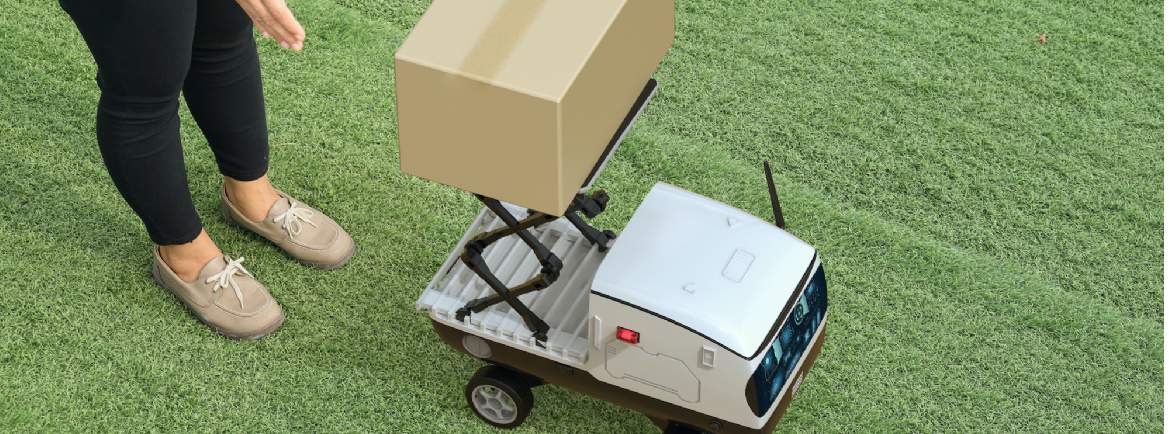
.jpg)

.jpg)
